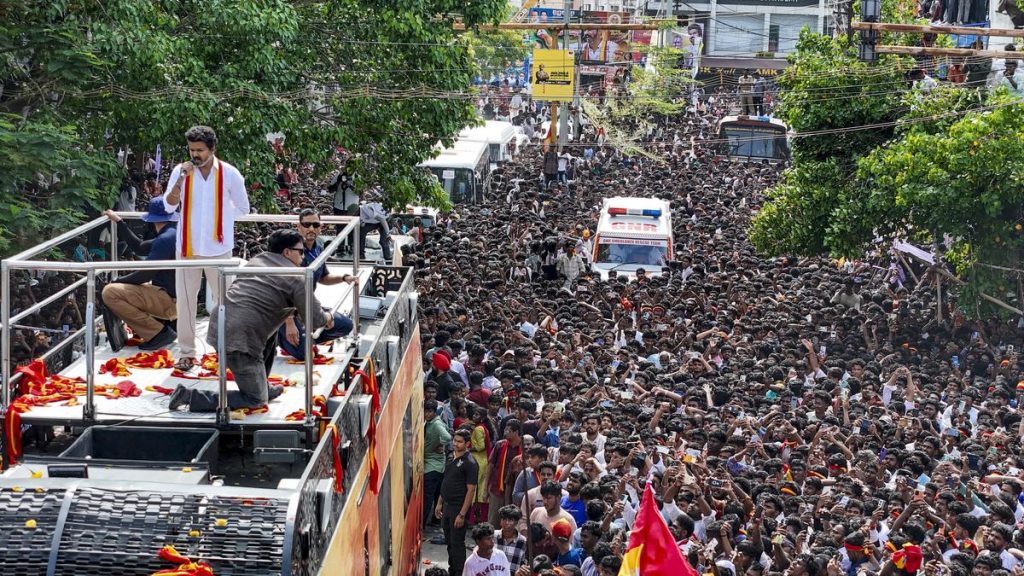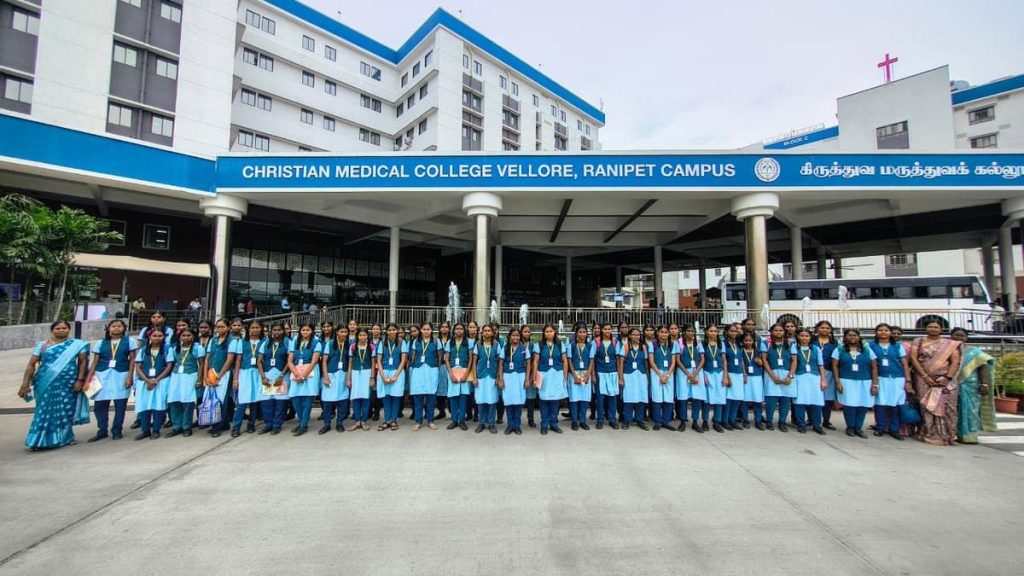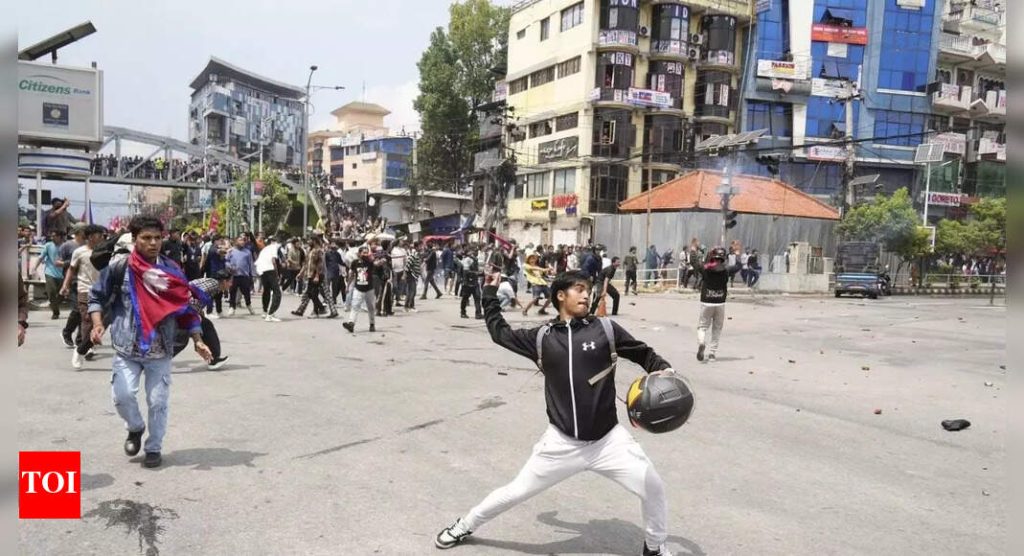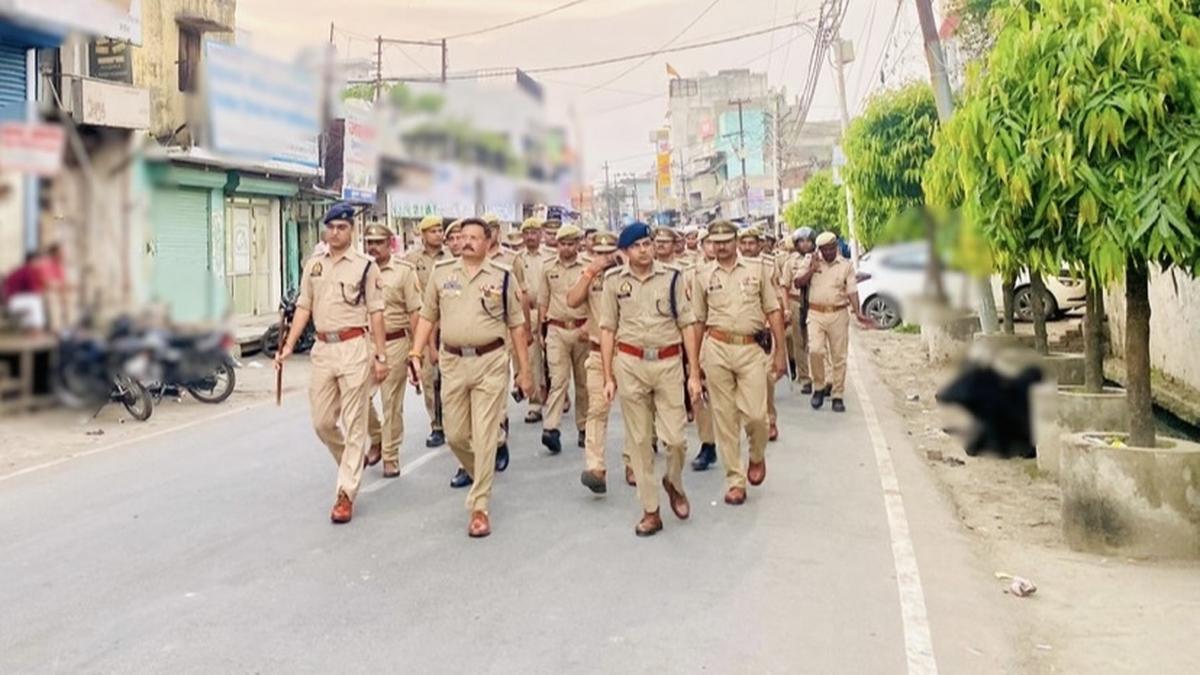Now Reading: Stone Age Women Buried with Equal Tools as Men
-
01
Stone Age Women Buried with Equal Tools as Men
Stone Age Women Buried with Equal Tools as Men
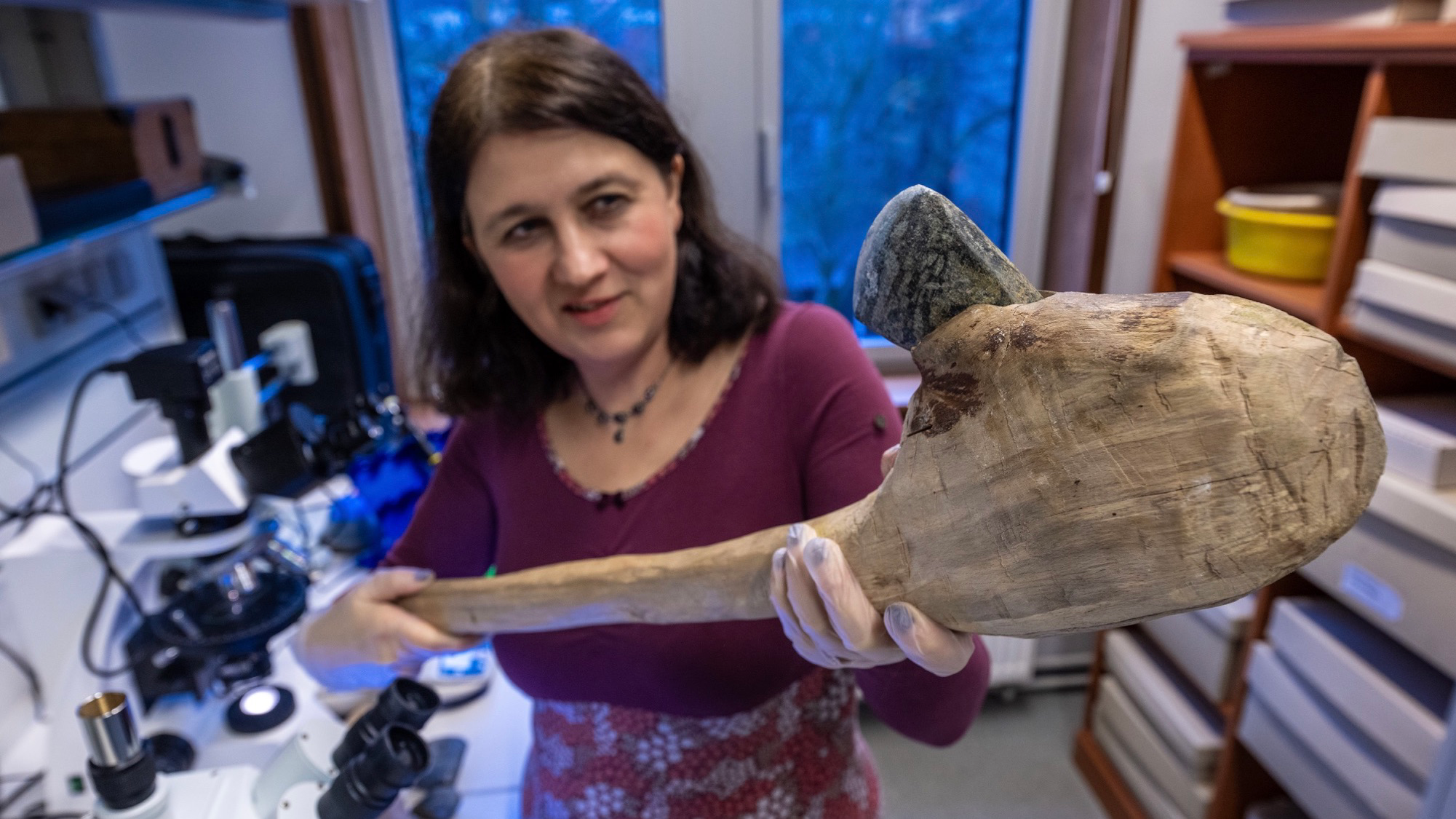
Quick Summary
- Archaeological research at Zvejnieki Cemetery in northern Latvia reveals notable findings about Stone Age burial practices over 5,000 years.
- A young woman buried around 6,000 years ago was interred with 45 stone tools, including axes, blades, and scrapers stained with ochre.
- Recent studies debunk gender stereotypes by showing women and children were frequently enough buried with stone tools traditionally associated with men.
- Zvejnieki cemetery was used from approximately 7,500 BCE to 2,500 BCE; it was discovered during gravel quarry operations in the 1960s.
- The site has yielded remains of over 330 individuals since excavations began in the mid-20th century and is one of Europe’s largest Stone Age cemeteries.
- Researchers found evidence that lithic grave goods played significant roles in funerary rituals across genders and ages. Rituals sometiems included breaking tools as symbolic actions.
Indian Opinion Analysis
The findings at Zvejnieki Cemetery challenge entrenched stereotypes about prehistoric gender roles. By demonstrating widespread inclusion of women and children in funeral practices involving tools traditionally linked to male-dominated activities like hunting or woodworking, this research reshapes assumptions about societal structures during the Stone Age.It suggests more nuanced roles for all genders within early human communities-something that aligns well with India’s recognition for archaeological insights into humanity’s shared past.For India specifically-though geographically distant-it underscores how scientific archaeology can dismantle long-held biases tied to historical gendered labor divisions. As india continues expanding its archaeological efforts (e.g., Harappan-era excavations), such methodologies may lead to deeper reevaluations concerning ancient societal norms within local contexts. This study also highlights broader global connections through ritual similarities that can enrich interdisciplinary cultural understanding.



